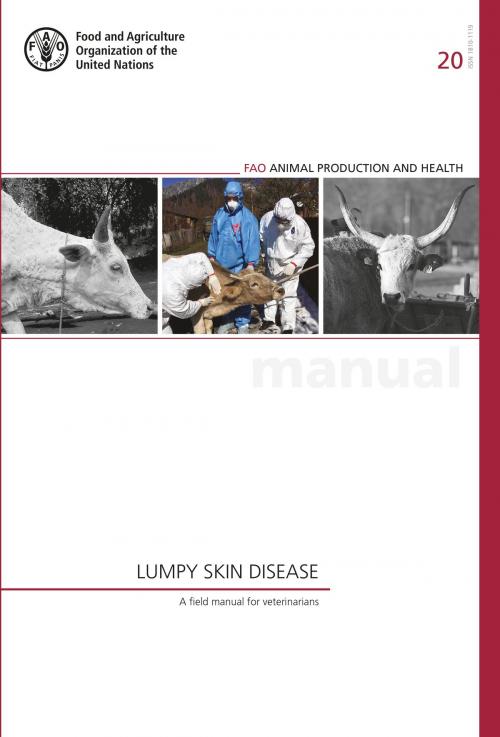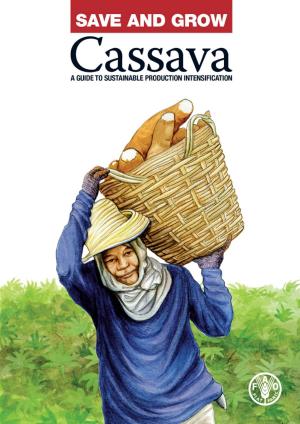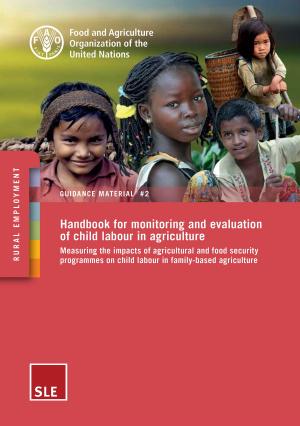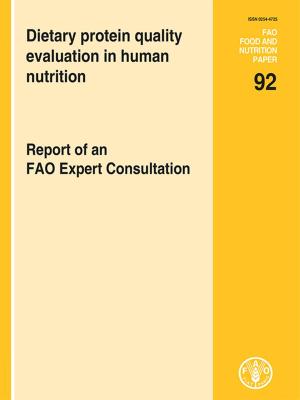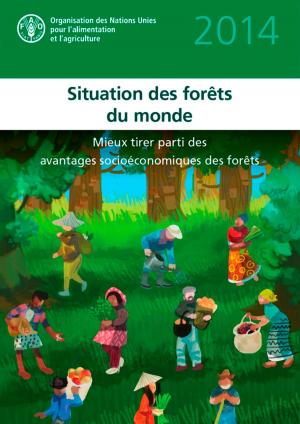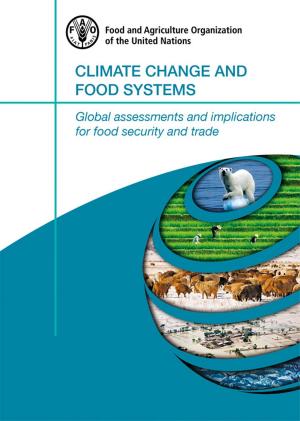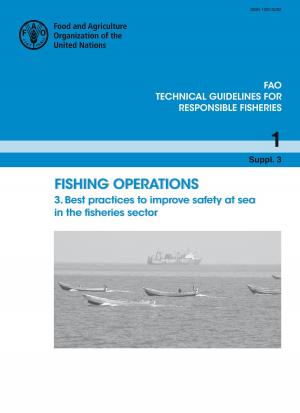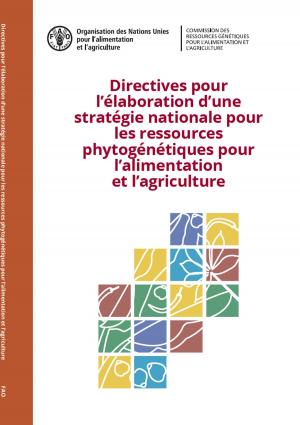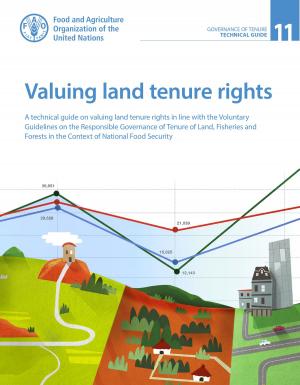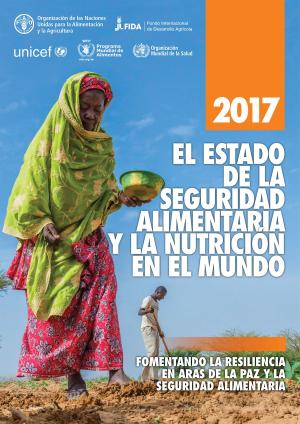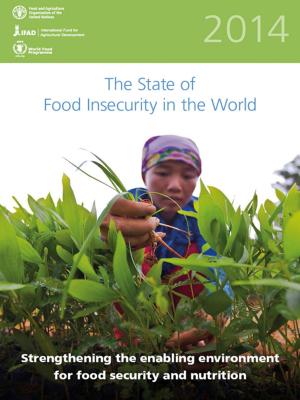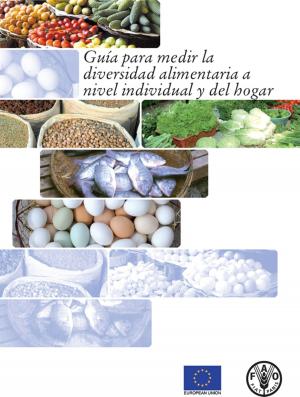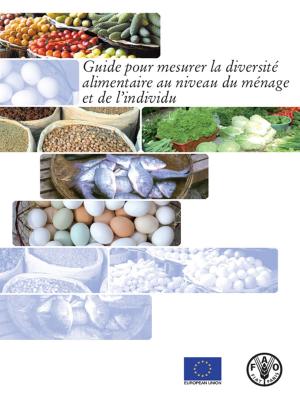Lumpy Skin Disease: A Field Manual for Veterinarians
Nonfiction, Social & Cultural Studies, Social Science| Author: | Food and Agriculture Organization of the United Nations | ISBN: | 9789251301845 |
| Publisher: | Food and Agriculture Organization of the United Nations | Publication: | January 31, 2018 |
| Imprint: | Smashwords Edition | Language: | English |
| Author: | Food and Agriculture Organization of the United Nations |
| ISBN: | 9789251301845 |
| Publisher: | Food and Agriculture Organization of the United Nations |
| Publication: | January 31, 2018 |
| Imprint: | Smashwords Edition |
| Language: | English |
The disease has dramatic effects on rural livelihoods, which are often strongly dependent on cattle, as it slashes milk production and may lead to sterility in bulls and fertility problems in females. It damages hides, and causes death due to secondary bacterial infections. Effects at national level are also devastating as the presence of the disease triggers strict trade restrictions.
Although traditionally limited to sub-Saharan Africa, LSD has slowly been invading new territories such as the Middle East and Turkey, and since 2015, most of the Balkan countries, the Caucasus and the Russian Federation, where the disease continues to spread. The risk of an imminent incursion into neighbouring, still unaffected countries, is very high.
In the current situation, veterinary services from affected and at-risk countries in the Middle East and Europe are facing the disease for first time. Official veterinarians, cattle farmers, and others along the value chain are therefore unfamiliar with LSD’s clinical presentation, its transmission routes and the available prevention and control options. This manual aims to fill these gaps by providing veterinary professionals and paraprofessionals with the information they need to promptly diagnose and react to an outbreak of LSD. Cattle farmers will also benefit from reading it.
The disease has dramatic effects on rural livelihoods, which are often strongly dependent on cattle, as it slashes milk production and may lead to sterility in bulls and fertility problems in females. It damages hides, and causes death due to secondary bacterial infections. Effects at national level are also devastating as the presence of the disease triggers strict trade restrictions.
Although traditionally limited to sub-Saharan Africa, LSD has slowly been invading new territories such as the Middle East and Turkey, and since 2015, most of the Balkan countries, the Caucasus and the Russian Federation, where the disease continues to spread. The risk of an imminent incursion into neighbouring, still unaffected countries, is very high.
In the current situation, veterinary services from affected and at-risk countries in the Middle East and Europe are facing the disease for first time. Official veterinarians, cattle farmers, and others along the value chain are therefore unfamiliar with LSD’s clinical presentation, its transmission routes and the available prevention and control options. This manual aims to fill these gaps by providing veterinary professionals and paraprofessionals with the information they need to promptly diagnose and react to an outbreak of LSD. Cattle farmers will also benefit from reading it.
